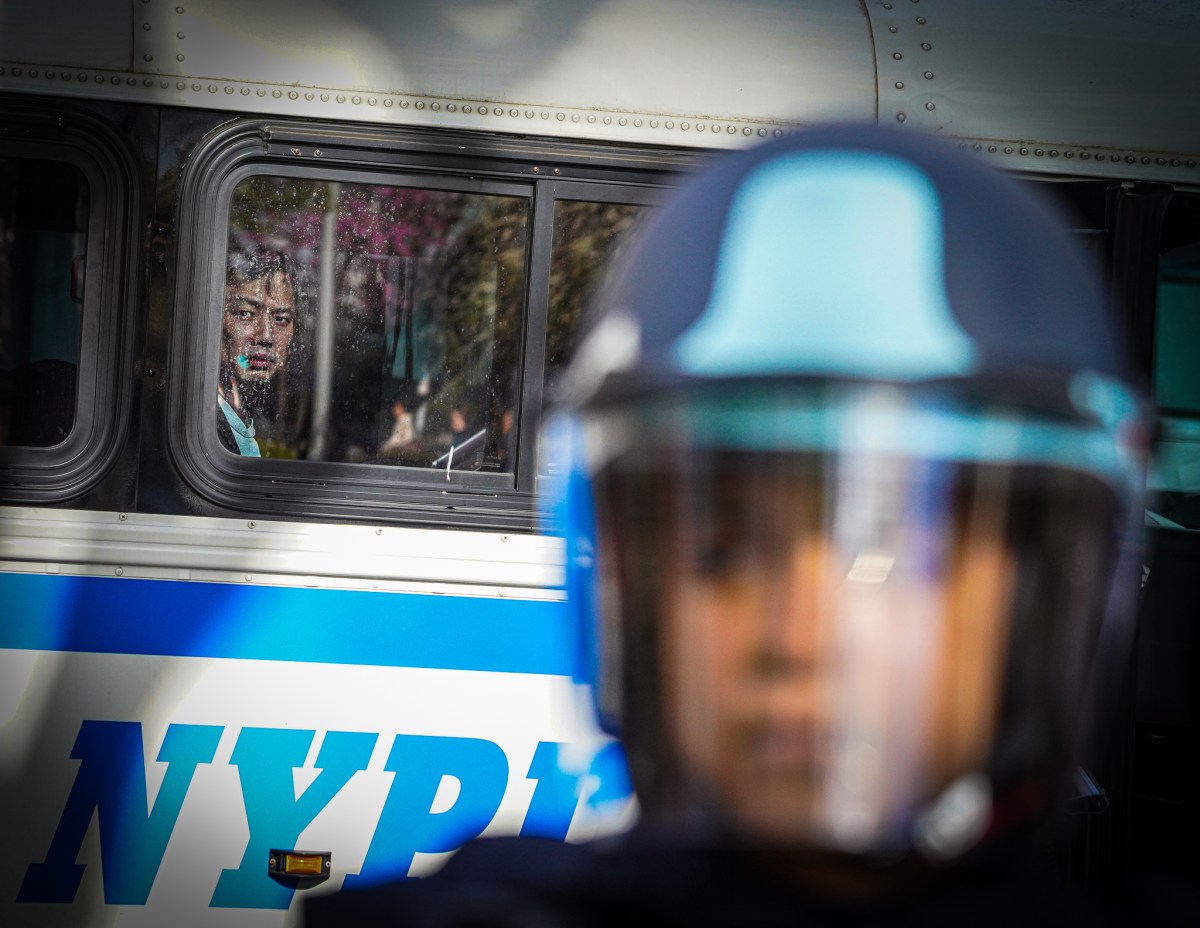MONTREAL – Canadian retailers hoping for some good news after enduring the effects of the recession can take solace in a study suggesting parents are not planning to scrimp on back-to-school spending this year.
Scotiabank (TSX:BNS) said Monday that parents will spend an average of $310 to get their children ready for the return to school, about the same level as last year.
Throughout the year, parents expect to spend an additional $406 on school-related incidentals from field trips to pizza lunches. Such expenses affect all parents with school age children, but 71 per cent say that they have not budgeted for these costs.
Scotiabank’s deputy chief economist Aron Gampel said Canadian spending on school-related goods and services are more stable than other discretionary purchases during both good and bad times. Part of this can be explained by the importance parents feel about their children’s education.
This year’s response comes in a backdrop as well in a restoring consumer confidence.
“Canadians are feeling a little bit more cheerful about the outlook, but clearly because of the lingering recessionary conditions in this country and employment conditions obviously being one of the major concerns out there it’s certainly not going to be a barn burner by any stretch of the imagination,” he said in an interview.
While parents are unlikely to reduce overall spending, they will continue to be very cautious and be driven by deals, which spells particularly good news for discount stores, that have been less affected by the recession.
The Retail Council of Canada said stores are cautiously optimistic about this year’s shopping season.
“Sales will be somewhat dependent on regional differences, but overall our members anticipate sales at around the same level they saw last year,” said spokesman Mark Beazley.
Consumers may face less selection later in the season, however, as retailers have cut inventories to control costs.
Beazley said consumers begin shopping for basic and necessary items such as stationary, clothing and books in the weeks leading up to the first day of school. The rest is purchased in the first week back when teachers indicate required supplies and students have figure out cool trends.
For older students, the hot items this year will be tech gadgets such as notebook computers and smartphones, says Duncan Stewart, director of research at Deloitte Canada for technology, media and telecom.
“Technology and telecom is probably going to capture a bigger piece of the pie than it has in past years,” he said in an interview.
With notebooks and phones selling for about $300, many parents are increasingly able to fit the items in their budgets, he said. Those willing to spend more may opt for ultra-thin notebooks that sell for between $700 and $1,000.
Stewart said Apple’s iPhone and Research in Motion’s Blackberry will remain popular as smart phones “continue to be the astonishing growth story of the recession.”
“We expect very strong smart phone sales this year and back-to-school is going to be driven by it.”
Greg MacDonald of National Bank Financial said Rogers Communication’s (TSX:RCI.B) Fido brand could win big this fall with the re-introduction of its City Fido for $40, including 2,000 free minutes.
Overall, Quebec parents plan to spend the most at $399 getting their children ready for school; Ontario parents the least at $266. Other regional spending includes $322 for Atlantic parents, $293 for Manitoba/Saskatchewan, $338 for Alberta and $273 in British Columbia.
Regional economic issues appear to be a contributing factor as parents in Canada’s manufacturing heartland will hold onto their wallets more tightly, especially those in automotive areas, said Gampel.
Alberta parents expect to spend $471 on incidental costs, the most of any province. Ontario follows at $421, followed by Quebec at $400, B.C. at $390, Atlantic at $379 and the Prairies at $337.
The study also found that 64 per cent of parents plan to use debit and/or cash to pay for most of their back-to-school purchases.
The survey conducted by Harris/Decima was conducted Aug. 7 to 11, involving 1,000 parents with children 17 and under living in the household. No margin of error was provided for the online survey.
















